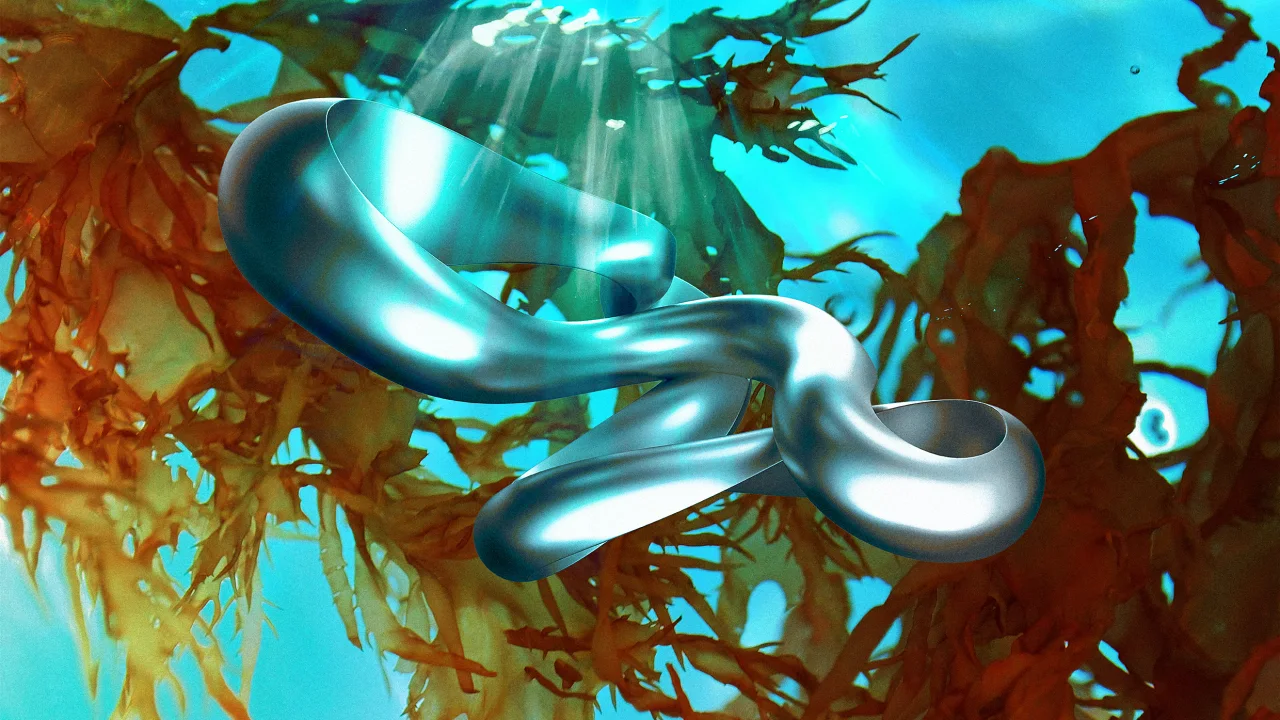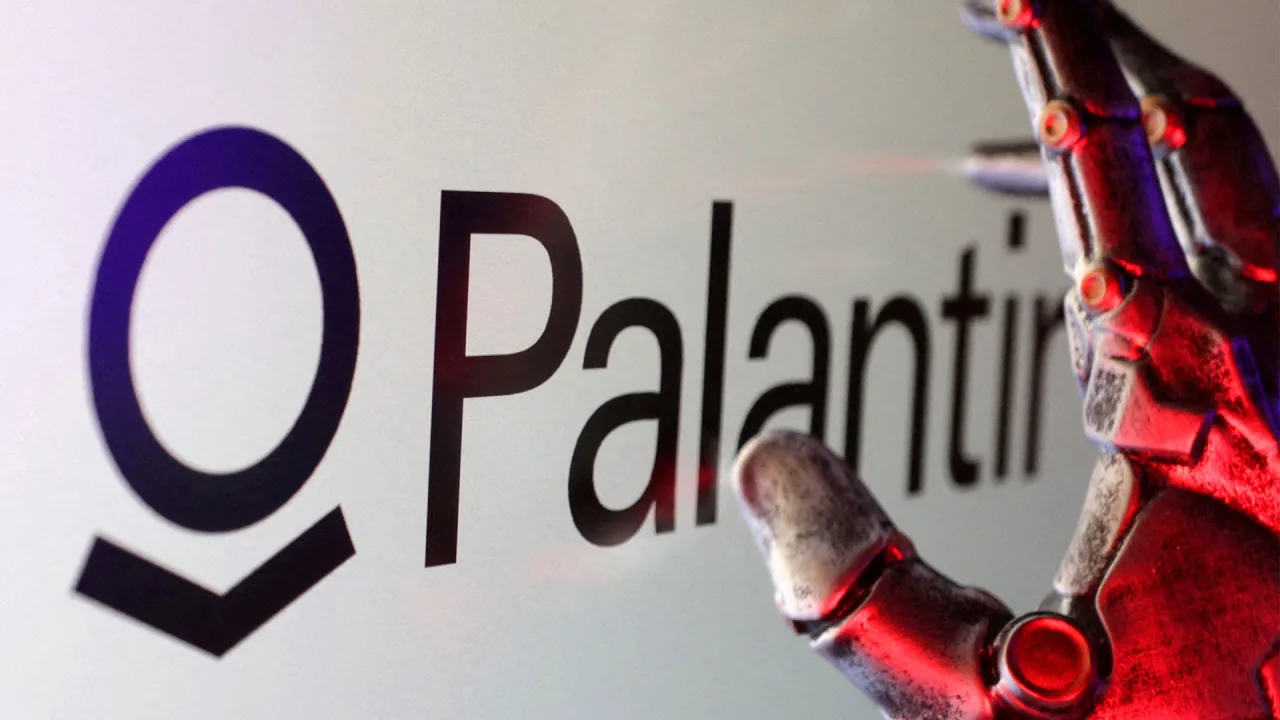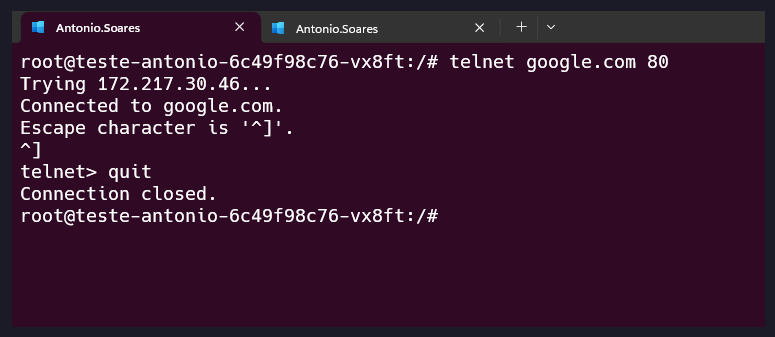Azure 101: Getting Started with Azure Cloud
If you’re diving into DevOps, sooner or later you’ll find yourself working with cloud infrastructure. And when it comes to enterprises, Azure is one of the biggest players in the game. But for many newcomers, Azure can feel like a maze of services, menus, and jargon. This post breaks down how to get started with Azure practically — with just enough context to understand what's happening, and a CLI-driven walkthrough to create your first resource group. What Is Azure? At its core, Microsoft Azure is a cloud computing platform that offers: On-demand access to computing, storage, networking, and AI services A pay-as-you-go model Massive global scale Whether you’re hosting a web app, spinning up Kubernetes clusters, or building a DevOps pipeline — Azure has a service for it. Key Concepts in Azure (You’ll Hear These Everywhere) Before we dive in, let’s get clear on a few building blocks: Subscription: Your billing boundary. Everything you create lives inside a subscription. Resource Group (RG): A logical container that holds related resources like VMs, databases, storage, etc. Region: The physical data center location where your resources live (e.g., East US, West Europe). Resources: Actual services like Azure VM, App Service, or Key Vault. Azure Portal vs CLI vs Infrastructure as Code Azure gives you multiple ways to interact: Azure Portal: GUI in the browser for manual control. Azure CLI (az): Fast, scriptable command-line tool. ARM Templates / Bicep / Terraform: Infrastructure as Code options for automating deployments. In this series, we’ll focus mostly on CLI and Terraform — because repeatability and automation are DevOps cornerstones. Hands-On: Set Up Azure CLI and Create a Resource Group Step 1: Install the Azure CLI macOS brew install azure-cli Ubuntu/Debian curl -sL https://aka.ms/InstallAzureCLIDeb | sudo bash Windows Use the official MSI installer: https://learn.microsoft.com/en-us/cli/azure/install-azure-cli Step 2: Login to Azure az login This opens a browser window and logs you in with your Microsoft account. For CI/CD service principals: az login --service-principal -u -p --tenant Step 3: Check and Set Your Subscription az account list --output table az account set --subscription "" Step 4: Create Your First Resource Group az group create --name devops-rg --location eastus Step 5: List and Delete (Optional) az group list --output table az group delete --name devops-rg --yes Best Practices for Beginners Use consistent naming conventions: project-env-type-region Stick to a primary region for experiments (e.g., eastus or centralindia) Use a separate dev/test subscription from production if possible What’s Next? Now that you’ve installed Azure CLI and created your first resource group, you're ready to start deploying real infrastructure. In the next post, we’ll explore CI/CD concepts from a DevOps perspective — from Git push to production deployment. Let’s get some pipelines flowing.
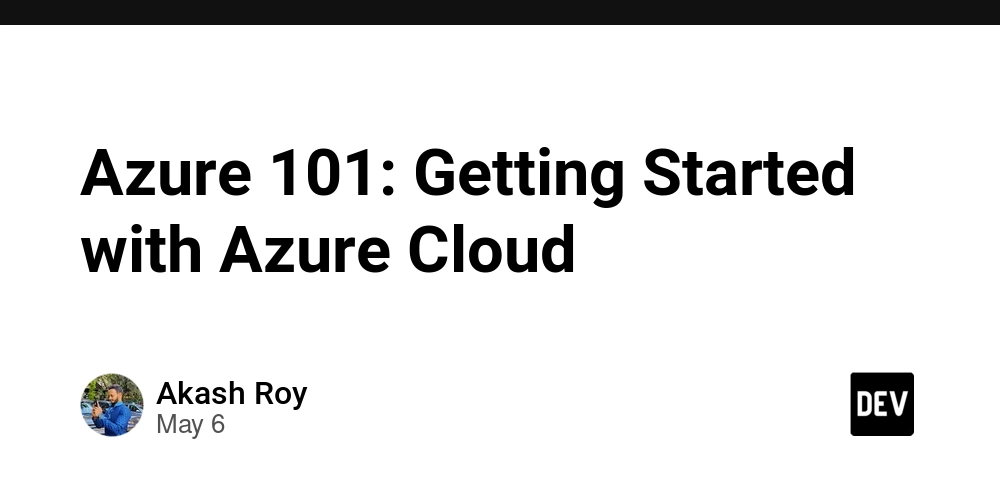
If you’re diving into DevOps, sooner or later you’ll find yourself working with cloud infrastructure. And when it comes to enterprises, Azure is one of the biggest players in the game. But for many newcomers, Azure can feel like a maze of services, menus, and jargon.
This post breaks down how to get started with Azure practically — with just enough context to understand what's happening, and a CLI-driven walkthrough to create your first resource group.
What Is Azure?
At its core, Microsoft Azure is a cloud computing platform that offers:
- On-demand access to computing, storage, networking, and AI services
- A pay-as-you-go model
- Massive global scale
Whether you’re hosting a web app, spinning up Kubernetes clusters, or building a DevOps pipeline — Azure has a service for it.
Key Concepts in Azure (You’ll Hear These Everywhere)
Before we dive in, let’s get clear on a few building blocks:
- Subscription: Your billing boundary. Everything you create lives inside a subscription.
- Resource Group (RG): A logical container that holds related resources like VMs, databases, storage, etc.
- Region: The physical data center location where your resources live (e.g., East US, West Europe).
- Resources: Actual services like Azure VM, App Service, or Key Vault.
Azure Portal vs CLI vs Infrastructure as Code
Azure gives you multiple ways to interact:
- Azure Portal: GUI in the browser for manual control.
-
Azure CLI (
az): Fast, scriptable command-line tool. - ARM Templates / Bicep / Terraform: Infrastructure as Code options for automating deployments.
In this series, we’ll focus mostly on CLI and Terraform — because repeatability and automation are DevOps cornerstones.
Hands-On: Set Up Azure CLI and Create a Resource Group
Step 1: Install the Azure CLI
macOS
brew install azure-cli
Ubuntu/Debian
curl -sL https://aka.ms/InstallAzureCLIDeb | sudo bash
Windows
Use the official MSI installer:
https://learn.microsoft.com/en-us/cli/azure/install-azure-cli
Step 2: Login to Azure
az login
This opens a browser window and logs you in with your Microsoft account.
For CI/CD service principals:
az login --service-principal -u -p --tenant
Step 3: Check and Set Your Subscription
az account list --output table
az account set --subscription ""
Step 4: Create Your First Resource Group
az group create --name devops-rg --location eastus
Step 5: List and Delete (Optional)
az group list --output table
az group delete --name devops-rg --yes
Best Practices for Beginners
- Use consistent naming conventions:
project-env-type-region - Stick to a primary region for experiments (e.g.,
eastusorcentralindia) - Use a separate dev/test subscription from production if possible
What’s Next?
Now that you’ve installed Azure CLI and created your first resource group, you're ready to start deploying real infrastructure.
In the next post, we’ll explore CI/CD concepts from a DevOps perspective — from Git push to production deployment.
Let’s get some pipelines flowing.








































































































































































![[The AI Show Episode 146]: Rise of “AI-First” Companies, AI Job Disruption, GPT-4o Update Gets Rolled Back, How Big Consulting Firms Use AI, and Meta AI App](https://www.marketingaiinstitute.com/hubfs/ep%20146%20cover.png)












































































































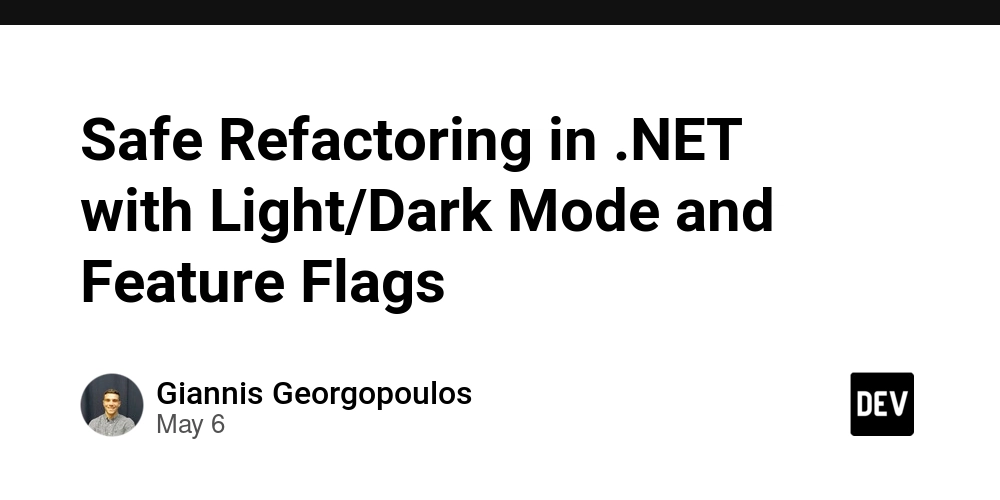
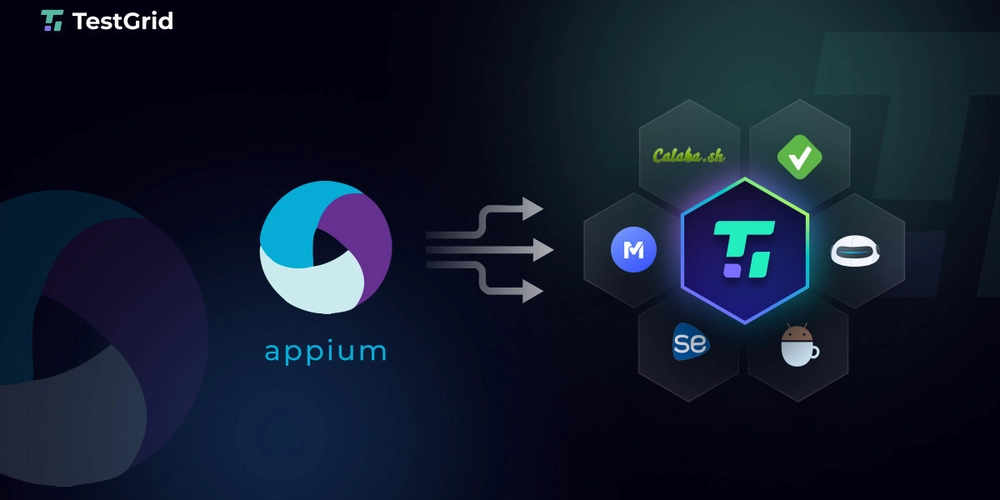



















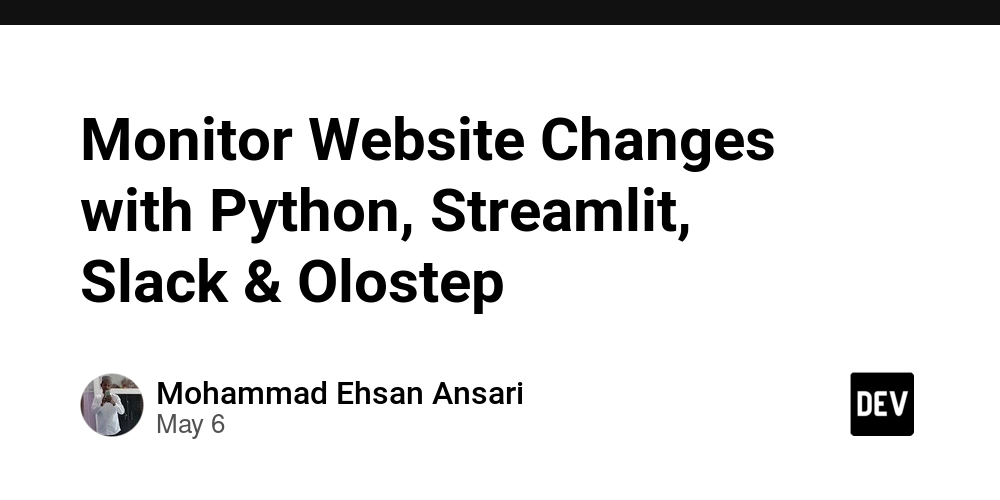














































.jpg?width=1920&height=1920&fit=bounds&quality=70&format=jpg&auto=webp#)




















































































_Brian_Jackson_Alamy.jpg?width=1280&auto=webp&quality=80&disable=upscale#)

_Steven_Jones_Alamy.jpg?width=1280&auto=webp&quality=80&disable=upscale#)


 Stolen 884,000 Credit Card Details on 13 Million Clicks from Users Worldwide.webp?#)























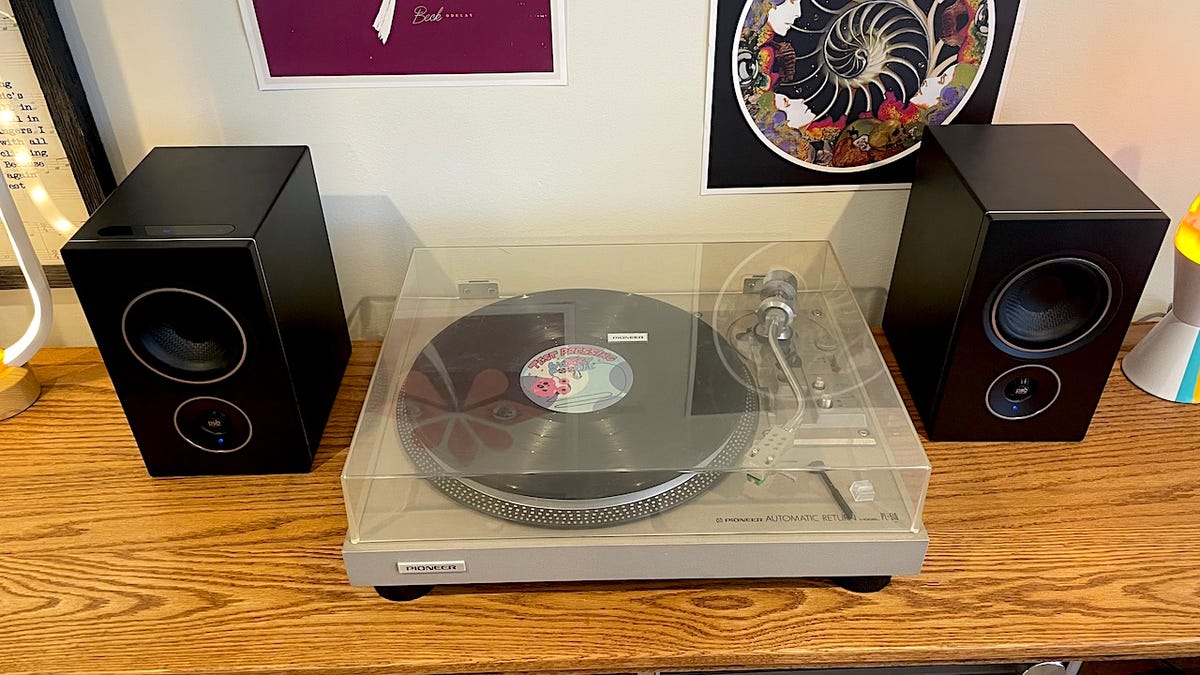






















































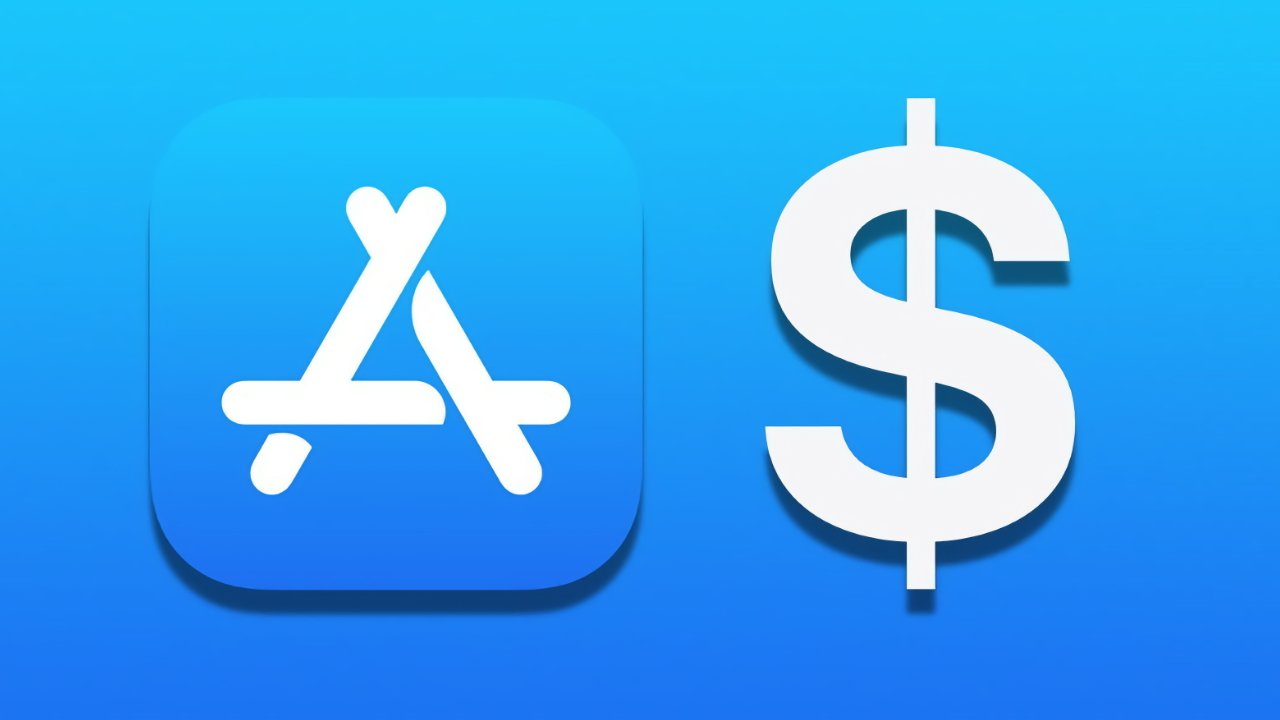
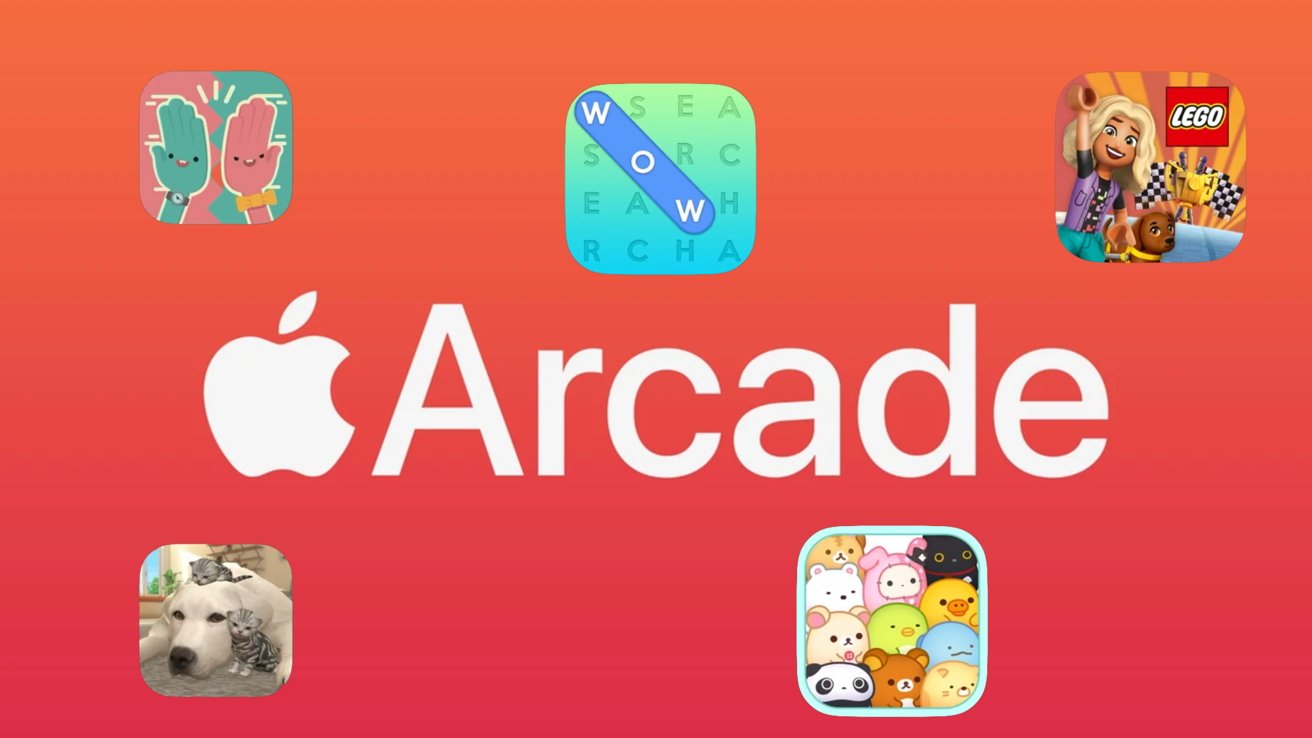


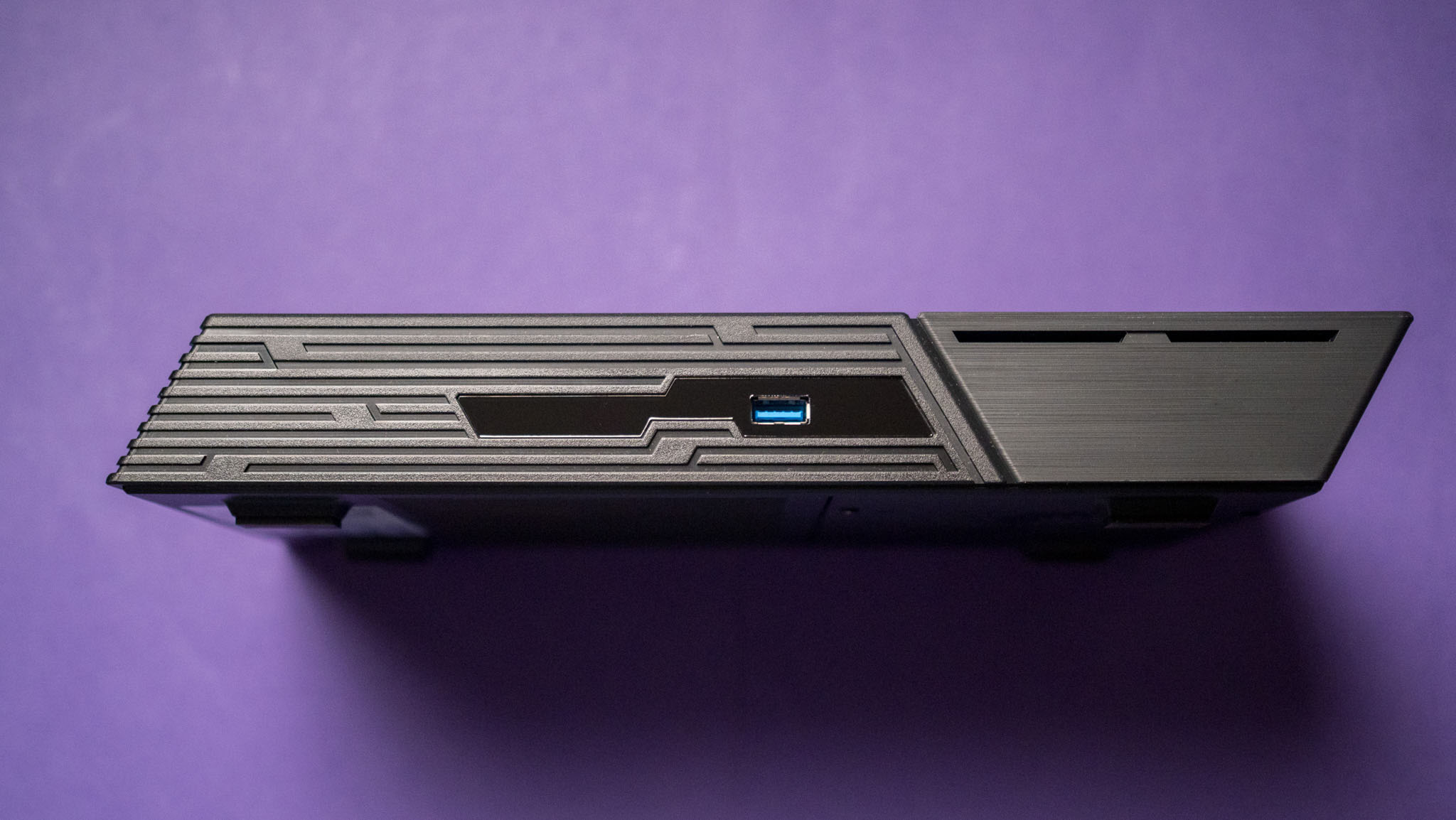

























![Apple Watch Shipments Declined 19% Year-over-Year in 2024 [Report]](https://www.iclarified.com/images/news/97229/97229/97229-640.jpg)

![Google Mocks Rumored 'iPhone 17 Air' Design in New Pixel Ad [Video]](https://www.iclarified.com/images/news/97224/97224/97224-640.jpg)













































































